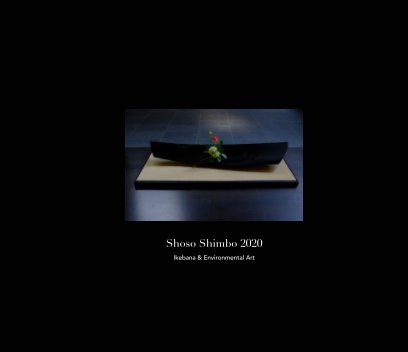In the last issue, I started to talk about some issues that Ikebana faces today, focusing first on why the number of Ikebana students is declining. One of the characteristics of Ikebana is that it does not like competition.
Competition does exist. If you compete too obviously in Ikebana, however, you cannot fit in to the traditional Iemoto system, which is not based on competence. This point alone could lead to a deep discussion about the nature of Japanese traditional systems of leadership.
Competition does exist. If you compete too obviously in Ikebana, however, you cannot fit in to the traditional Iemoto system, which is not based on competence. This point alone could lead to a deep discussion about the nature of Japanese traditional systems of leadership.
On the other hand, Western flower arrangement is a very competitive field. There are so many competitions. If you are talented, regardless of your age, you can win a competition and gain opportunities to get attention and enhance your career.
There are many Japanese floral designers who work internationally. They are an inspiration for younger generations.However, there are very few Ikebana artists who work internationally. Even when they do work overseas, they often depend on the local Ikebana members for assistance. This is not necessarily a bad thing. But the point is that Ikebana does not adapt to fit into other cultures easily.
There are many Japanese floral designers who work internationally. They are an inspiration for younger generations.However, there are very few Ikebana artists who work internationally. Even when they do work overseas, they often depend on the local Ikebana members for assistance. This is not necessarily a bad thing. But the point is that Ikebana does not adapt to fit into other cultures easily.
Preserving the traditional nature of Ikebana may be important. However, I think that the internationalization of Ikebana is also a worthwhile endeavor.
In order to encourage Ikebana students in Australia and around the world, I set up Ikebana Galley Australia Award. Any Ikebana students anywhere in the world can take part in the competition for free. This project is a small example of cultural change. I’ll talk about this award more next time. See this link for more details.
I made this work for the reception area of a Japanese company in Melbourne. The yellow cymbidium orchids brighten up the whole space. I used a down stick to fix the branches of Japonica. I’ll talk about this traditional fixing method in another issue.
http://www.shoso.com.au
























